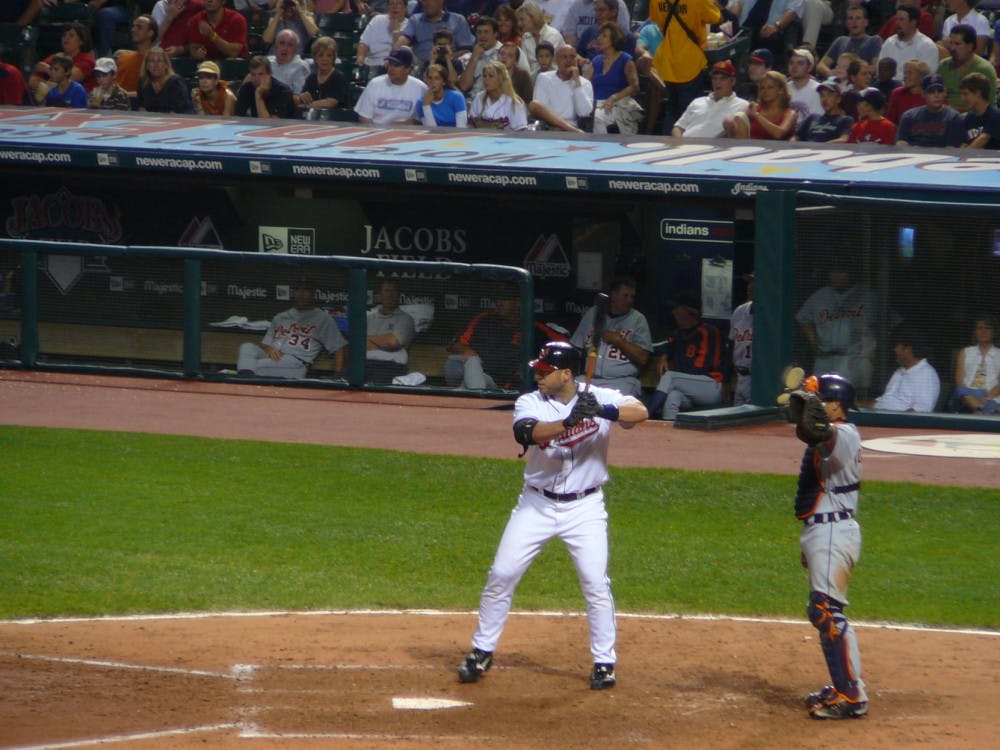It was Game 3 of the 1972 World Series. The A’s Rollie Fingers had a full count on the National League MVP, Johnny Bench. The manager comes out and motions for the intentional walk.
Gene Tenace, the A’s catcher, stood as if he was about to receive ball four of the at-bat, but, when Bench relaxed, Tenace jumped behind the plate and Fingers hit the outside corner for strike three.
We will likely never see anything like this again.
The MLB and players’ association approved new rule changes Tuesday. Baseball put a two-minute limit on replay reviews and added pace of game warnings and fines. But the rule change that actually matters is taking away the intentional walk.
The intentional walk traditionally consisted of the catcher standing up and standing off the plate for the pitcher to throw four balls in a row. The new rule now requires a signal for the dugout then the batter will take first base without a pitch being thrown.
Most of all the recent rule changes in baseball have been made to shorten the length of the games. The average MLB game is about three hours long, which is more than 20 minutes more than a NHL game and 40 minutes longer than an NBA game.
The game needs to be shortened, but taking away the intentional walk is not the way to do it. Let’s do the math on all the time it will save baseball.
Last season, there were 932 intentional walks. Let’s assume that all the walks were on four pitches, so that takes the total number of pitches in intentional walks to 3,738. Take that and spread it across 2,428 regular season games, and it comes out to 1.54 pitches per game.
So the MLB is changing the intentional walk rule for 1.5 pitches that saves about 30 seconds per game. I think fans are willing to stick around the extra 30 seconds.
The intentional walk is also something that can affect the game in ways other than just putting a man on first. Pitchers can get nervous and out of their comfort zone having to slow their motion down and intentionally throwing a few feet outside the strike zone.
Having a professional pitcher, likely being paid millions, throw the ball 60 feet, six inches four times seems easy, but mistakes happen. Maybe the opposite of the 1972 World Series happens and the pitcher messes up and sends the ball to the backstop or the batter reaches out and hits the ball.
There have been times that mistakes have happened, and it impacted games. One of the more famous mishaps with the intentional walk happened in 2006. Miguel Cabrera drove in the go-ahead run for the Marlins against the Orioles.
The pitcher left the ball towards the plate, and Cabrera was able to slap the ball to center field in the top of the 10. Hanley Ramirez scored from second base, and the Marlins won.
Not only does this rule hurt the game this season, but it also could lead to more rule changes that baseball does not need. The MLB and players’ association are debating rule changes such as shrinking the strike zone and placing runners at second base once a game goes into extra innings.
Travis Hafner is intentionally walked by the Detroit Tigers in 2006. Baseball saw the least amount of intentional walks last season (932) since 1981 (895).




